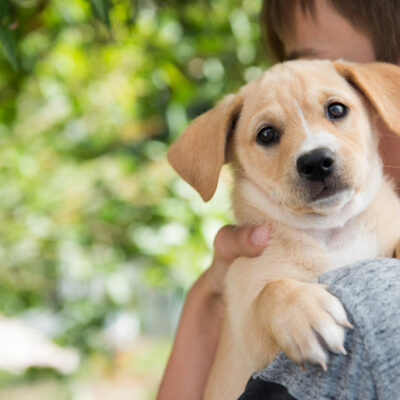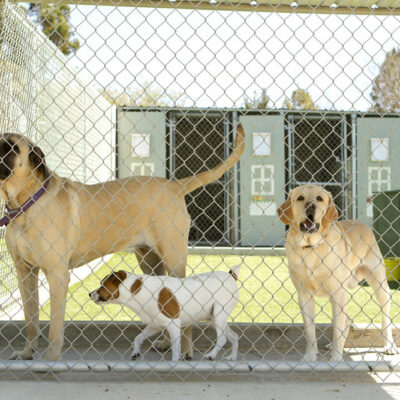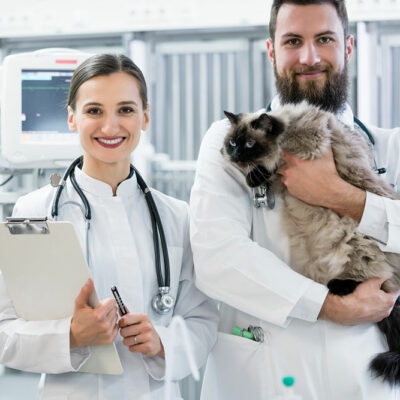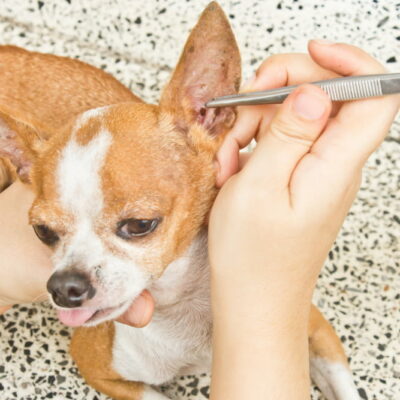
12 mistakes to avoid when adopting a dog
Adopting a dog is incredibly rewarding. It keeps people active and provides them with a sense of companionship. It also offers a lifeline to the millions of animals eagerly awaiting their forever homes. Around two million dogs in the country find new families through shelter adoption annually, proving how much of an impact these lovable pets can have on a person. But although adopting a dog has benefits, one should avoid mistakes during the process. Impulse adoption Bringing home a dog on a whim without proper consideration can lead to challenges down the road. Before adopting, individuals should take time to assess their lifestyle, living conditions, and whether they can meet the needs of a pet. Evaluating the dog’s size, energy level, and temperament is also crucial to ensure a good match. Not researching breeds Each dog breed has unique characteristics, temperament, and care requirements, so researching them is important. Doing so allows one to choose a dog that suits their lifestyle and preferences. Individuals should consider the breed’s grooming requirements, exercise needs, and compatibility with children or other pets. Not meeting the dog Meeting pets in person before adoption is crucial for assessing compatibility. People should spend more time interacting and playing with the dog to observe its behavior, energy level, and responsiveness.
Read Article 









